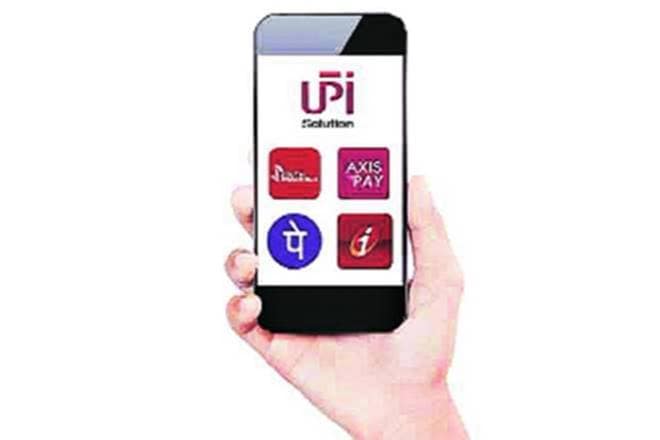Within two years of its launch, the Unified Payments Interface (UPI) is now clocking transactions worth 43% of the value of card-based transactions at point of sale (POS) machines; even a year ago, in June 2017, this was just a bit over 4% (see graphic). With National Payments Corporation of India (NPCI) releasing UPI 2.0, aimed primarily at the retail or PoS market, UPI’s share will go up even faster.
During June 2018, the UPI channel recorded 236 million transactions worth Rs 40,834 crore, as against 419 million card-based POS transactions worth Rs 94,199 crore.
Add mobile wallets, and the share of non-card digital payments (UPI + wallets) rose even more, to 58.9% in June 2018 as compared to 11.5% in June 2017.
Launched in August 2016, UPI is a bank account-to-bank account payment feature that allows money to be transferred using just the phone number or UPI ID of a user that, in turn, needs to be linked to a bank account. Earlier this month, NPCI launched UPI 2.0, an upgraded version of its UPI service, which, in addition to other things, will allow users to access a digital invoice to help them view and verify a merchant’s credentials and ascertain if the invoice has come from the correct merchant. Customers can pay seamlessly once they have verified the amount and other details in the invoice.
This feature is aimed specifically at enhancing the security of person-to-merchant (P2M) transactions and also to increase the adoption of UPI for such transactions. Dilip Asbe, MD and CEO, NPCI, had told FE the update to the payments channel will push merchant payments. “This is one of the features that take care of the business aspect of UPI transactions and will help increase usage,” he said.
While NPCI does not release disaggregated data on peer-to-peer (P2P) and P2M UPI payments, it is commonly accepted that UPI growth has largely been led by P2P transactions.
If the upgraded version of UPI is able to meet its stated goals, there is a possibility that more offline merchants may switch to UPI-based payments from POS machines. Indeed, State Bank of India (SBI) and HDFC Bank have already begun to equip offline merchants with machines which enable acceptance of card payments, UPI payments as well as payments initiated through the respective banks’ wallets.
In August 2017, HDFC Bank had said it was carrying out a software upgrade of its existing base of four lakh PoS machines to convert them into such integrated payment acceptance terminals.
Non-bank players, such as Trupay (now acquired by TMW) and Benow, have also been acquiring offline merchants for UPI payments. Benow has on-boarded over one lakh merchants for UPI payments, while the tally for TMW is known to be around 75,000.


